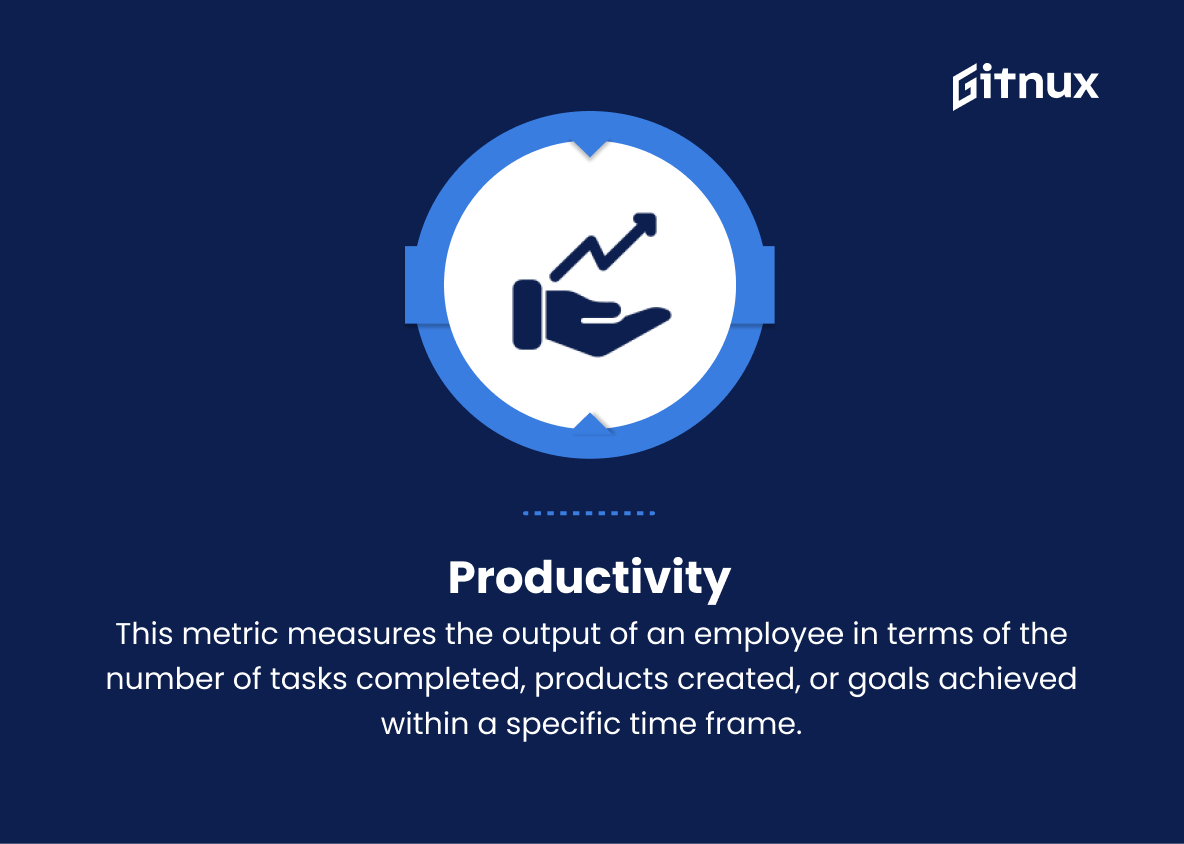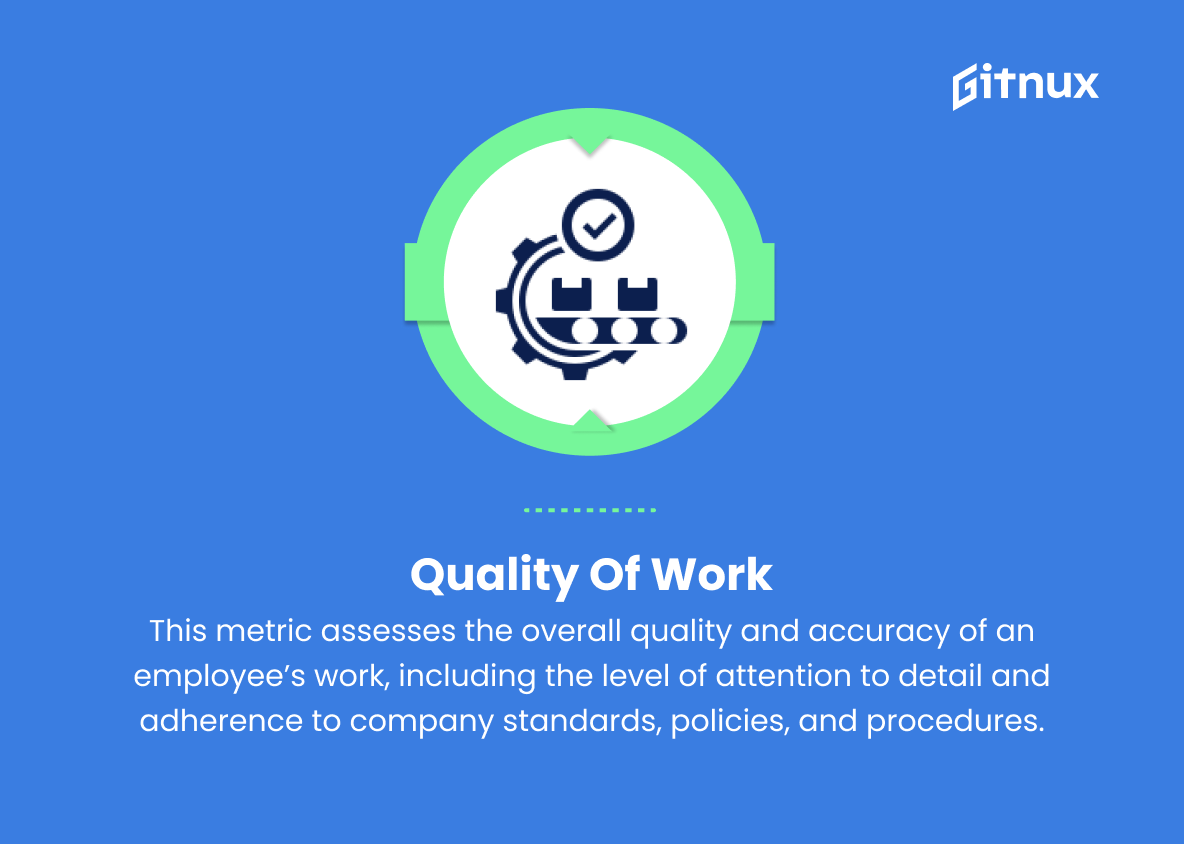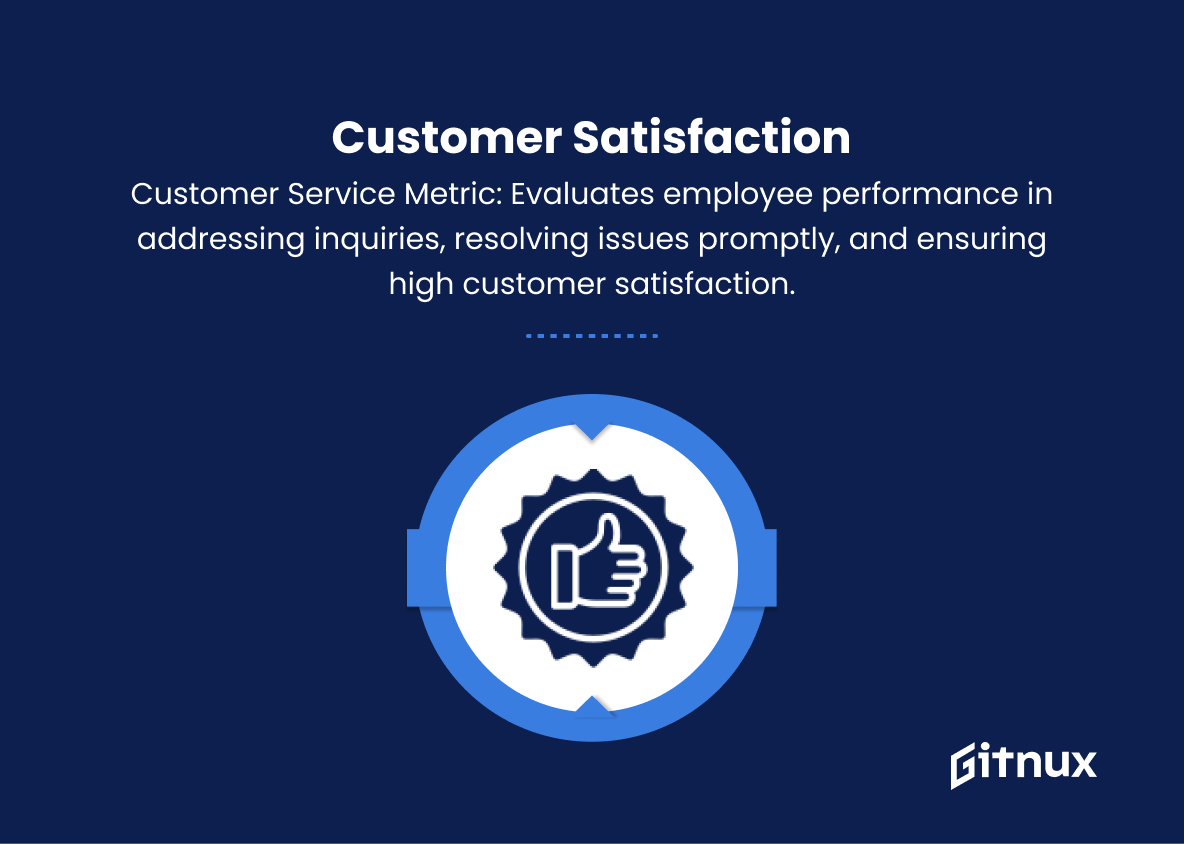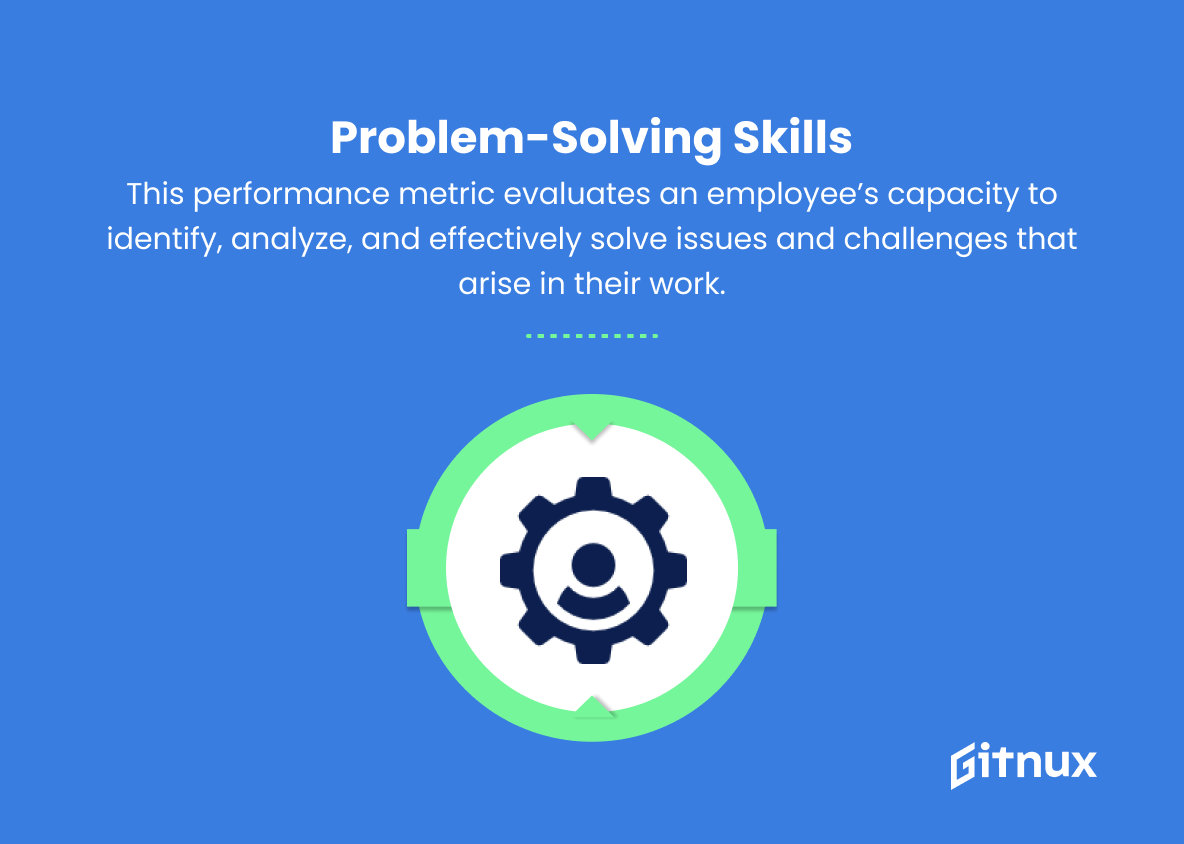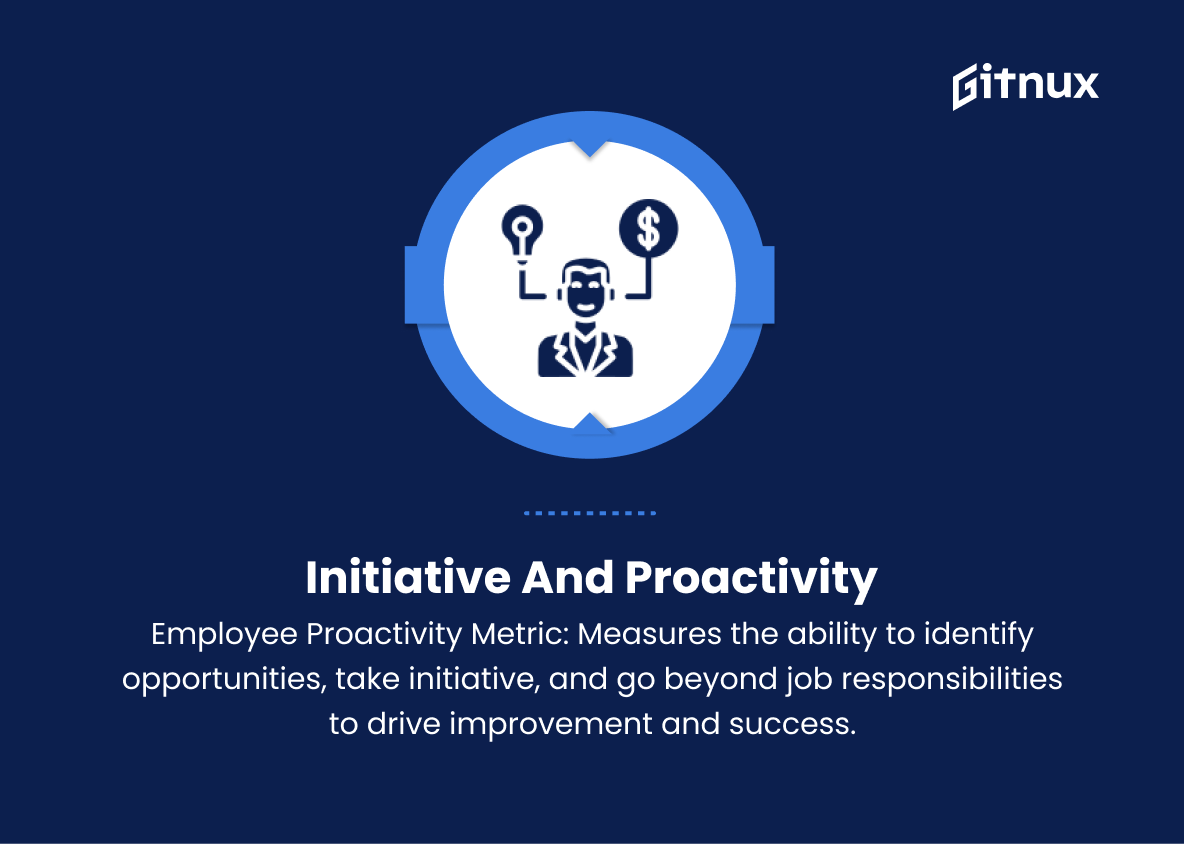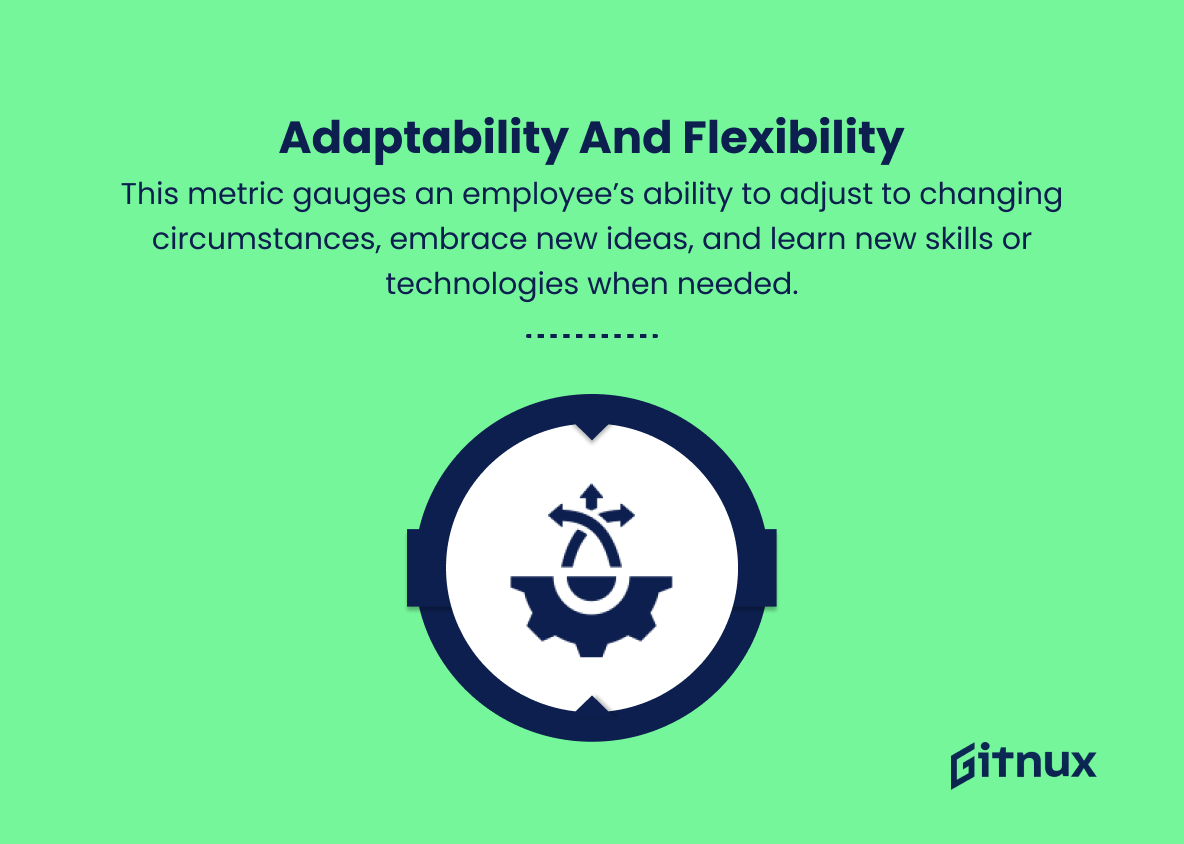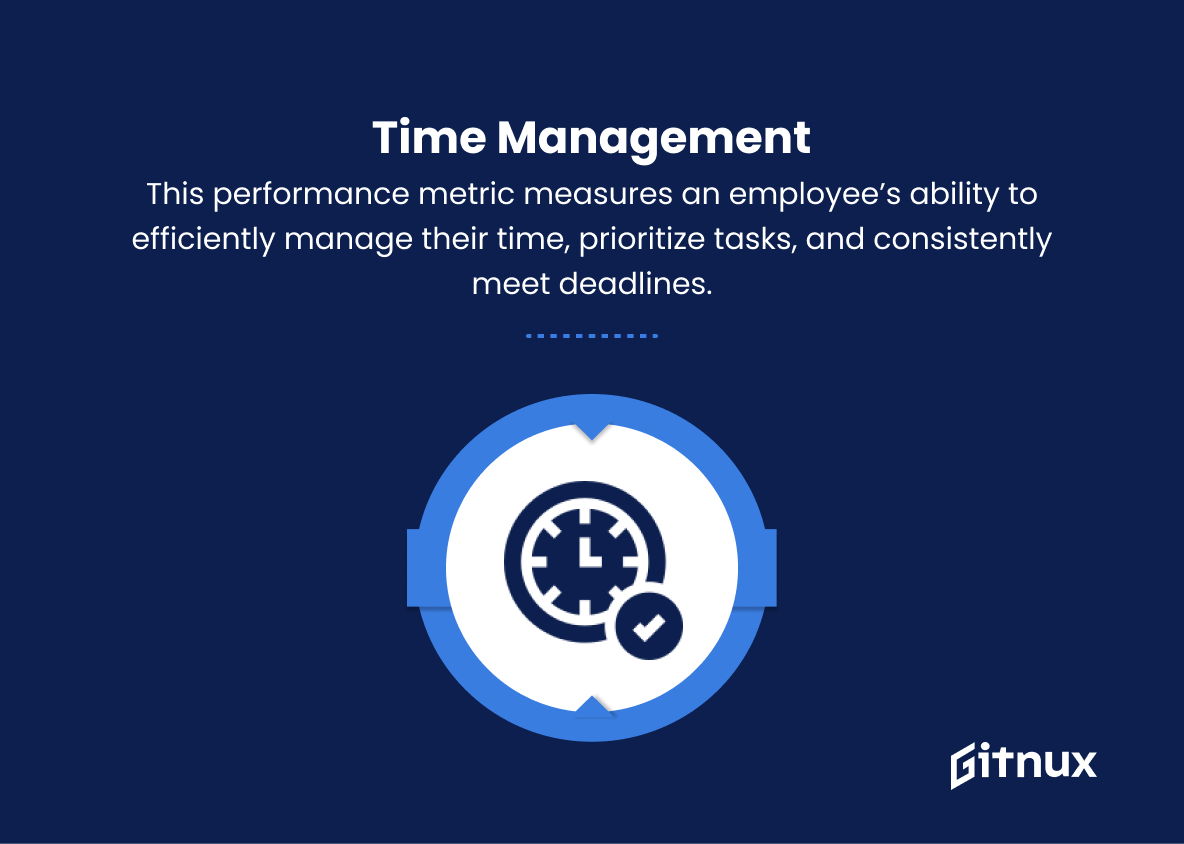In the ever-evolving world of e-commerce, Amazon stands tall as a global giant with a fierce commitment to continuously improving its operations and maintaining its competitive edge. One crucial aspect that fosters the company’s success is its focus on employee performance metrics. This in-depth blog post will delve into the intricacies of Amazon’s employee performance measurement systems, shedding light on the significance of these metrics in driving efficiency, strengthening accountability, and promoting a culture of excellence within the company. We will uncover different methodologies applied to assess employee performance, as well as explore the potential impact these metrics have on both the professional growth of an individual and the overall success of this industry titan.
Amazon Employee Performance Metrics You Should Know
1. Productivity
This metric measures the output of an employee in terms of the number of tasks completed, products created, or goals achieved within a specific time frame. It helps assess an employee’s efficiency and effectiveness at work.
2. Sales Performance
For employees involved in sales, this metric evaluates their success in meeting or exceeding sales targets, generating revenue, and winning new customers or clients.
3. Quality of Work
This metric assesses the overall quality and accuracy of an employee’s work, including the level of attention to detail and adherence to company standards, policies, and procedures.
4. Customer Satisfaction
This metric evaluates an employee’s ability to provide exceptional customer service by addressing client inquiries, resolving issues promptly, and maintaining a high level of customer satisfaction.
5. Teamwork and Collaboration
This metric measures an employee’s ability to work well with others, contribute to a positive team environment, and effectively collaborate to achieve common goals.
6. Problem-solving Skills
This performance metric evaluates an employee’s capacity to identify, analyze, and effectively solve issues and challenges that arise in their work.
7. Initiative and Proactivity
This metric measures an employee’s ability to identify opportunities, take initiative, and be proactive in their role, going above and beyond their job responsibilities to drive improvement and success.
8. Adaptability and Flexibility
This metric gauges an employee’s ability to adjust to changing circumstances, embrace new ideas, and learn new skills or technologies when needed.
9. Communication Skills
This metric assesses an employee’s ability to communicate effectively, clearly, and professionally, both in writing and verbally, fostering understanding and cooperation within the workplace.
10. Time Management
This performance metric measures an employee’s ability to efficiently manage their time, prioritize tasks, and consistently meet deadlines.
11. Attendance and Punctuality
This metric evaluates an employee’s record of showing up to work on time and consistently fulfilling their scheduled hours.
12. Leadership and Management Skills
For employees in leadership positions, this metric assesses their ability to effectively manage a team, inspire trust, and achieve business objectives while fostering an inclusive, positive, and productive work environment.
13. Job Knowledge and Expertise
This metric evaluates an employee’s understanding of their job role, their mastery of the necessary skills, and their ability to apply this knowledge effectively.
14. Professional Development
This metric measures an employee’s commitment to lifelong learning, continuous improvement, and staying updated with industry trends and best practices.
15. Goal Achievement
This metric assesses an employee’s success in accomplishing performance goals and objectives set for their role, reflecting their overall contribution to the company’s success.
Amazon Employee Performance Metrics Explained
Amazon Employee Performance Metrics are essential tools in evaluating an employee’s overall performance and contribution to the company’s success. These metrics range from productivity, which measures efficiency and effectiveness in completing tasks, to sales performance, assessing an employee’s ability to generate revenue and win new clients. Additional metrics, such as quality of work, customer satisfaction, and teamwork and collaboration, help determine an employee’s commitment to company standards, client relations, and cohesion within their team. Furthermore, problem-solving skills, initiative, adaptability, communication, time management, attendance, and punctuality are vital indicators of an employee’s daily performance and ability to tackle challenges.
In positions requiring leadership, management skills become crucial in fostering a positive work environment and driving business objectives. Lastly, job knowledge, expertise, professional development, and goal achievement demonstrate an employee’s mastery of their role and dedication to continuous improvement. These diverse performance metrics collectively provide a comprehensive understanding of an employee’s overall impact within the organization, ensuring Amazon can identify top talent, support growth, and maintain a competitive edge.
Conclusion
In conclusion, Amazon employee performance metrics are crucial components in maintaining the company’s success and competitive advantage. These metrics, which comprise productivity rates, customer satisfaction, and employee engagement levels, are critical for identifying areas for improvement, promoting efficiency, and fostering a supportive work environment. By continuously re-evaluating and refining these metrics, Amazon can ensure that its employees have the tools, resources, and motivation they need to excel in their roles, ultimately contributing to the overall growth and success of the organization.
Moreover, the effective use of these metrics aligns with Amazon’s commitment to innovation, customer-centricity, and long-term thinking, underscoring their importance in maintaining the company’s status as a global leader in the e-commerce industry.
